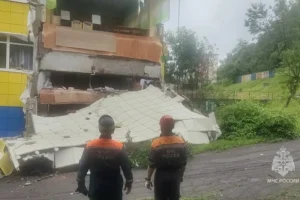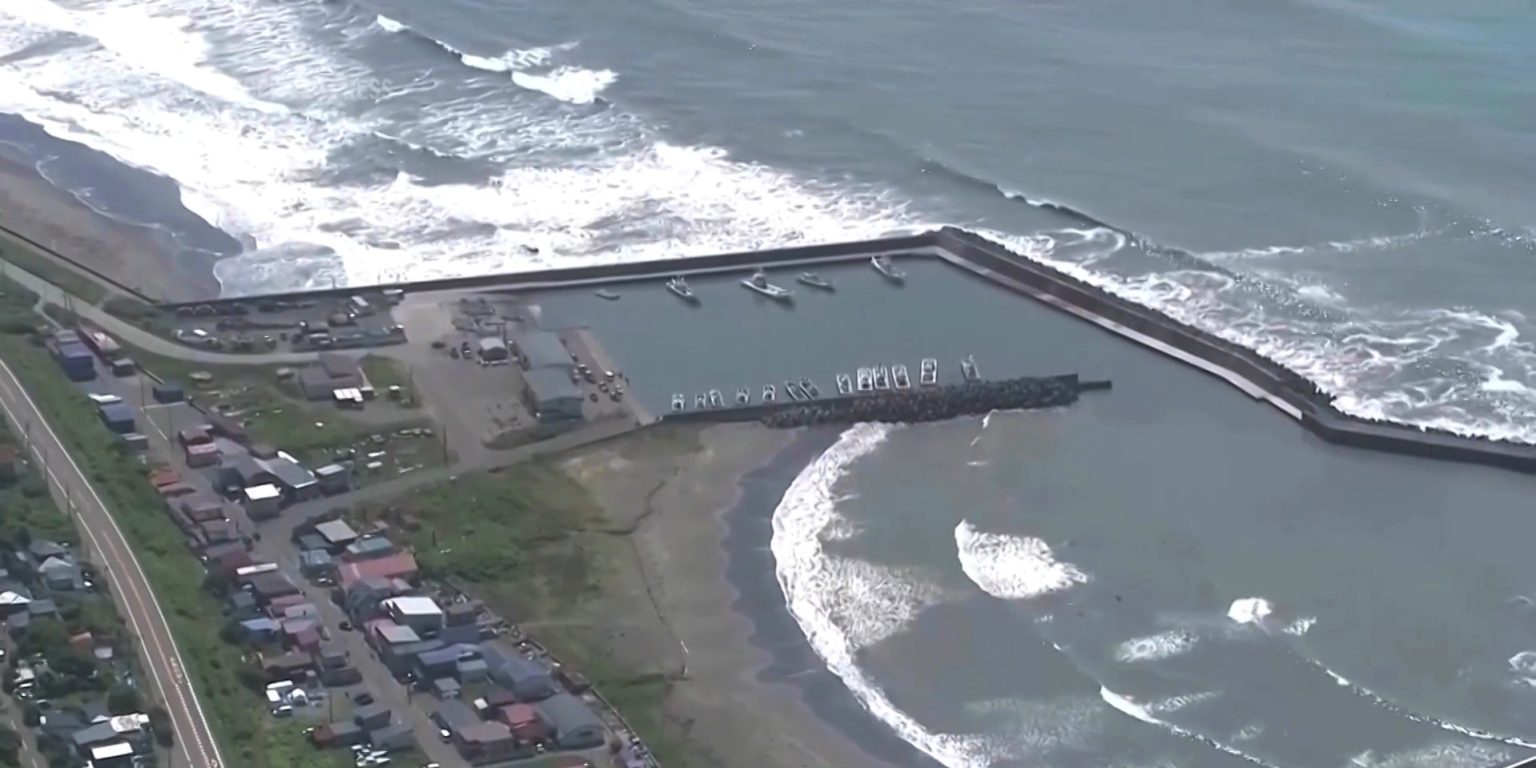A tsunami hit coastal areas of Russia’s Kuril Islands and Japan’s large northern island of Hokkaido after a powerful, 8.8-magnitude earthquake struck off the coast of Russia early Wednesday. Warnings are also in place for Alaska, Hawaii and other coasts south toward New Zealand.
The Japan Meteorological Agency said a tsunami as high as 60 centimetres (2 feet) had been detected as the waves moved south along the Pacific coast from Hokkaido to Tokyo Bay, reports AP.
The 60 cm waves arrived at Hamanaka town on the northern Japanese island of Hokkaido and Kuji port in Iwate on the main island, up from the earlier tsunami of 40 cm (1.3 ft), according to the JMA. A tsunami of 20 cm (7.9 inches) was detected in the Tokyo Bay, according to the Japan Meteorological Agency.

Shiji Kiyomoto, a JMA earthquake and tsunami response official, said second or third tsunami waves of tsunami had arrived. Kiyomoto did not say when tsunami alerts would be lifted, and said high waves may last for at least a day, urging residents to stay at safe places.
The warning disrupted railway and air services along the coast and led the operator of the crippled Fukushima Daiichi nuclear power plant to halt the release of treated radioactive water into the Pacific Ocean. The tsunami warning prompted Sendai airport in Miyagi Prefecture, northeastern Japan, to close its runways, while JR East and JR Central halted train services near coastal areas, reports Kyudo News.
Japan’s Fire and Disaster Management Agency said nearly 2 million residents are now under evacuation advisories in more than 220 municipalities along the Pacific coast as of midday Wednesday.
It added that one person was slightly injured on the northern island of Hokkaido when a woman in her 60s fell while rushing to evacuate. She was taken to a hospital.
Damage and evacuations were reported in the Russian regions nearest the quake’s epicentre on the Kamchatka Peninsula.
Hawaii Gov. Josh Green said data from Midway Atoll, which is part of the way between Japan and Hawaii, measured tsunami waves from peak to trough of 6 feet (1.8 metres).
He said waves hitting Hawaii could be bigger or smaller and it was too early to tell how large they would be. A tsunami of that size would be akin to a three foot (90 centimetres) wave riding on top of surf, he said.
“This is a longitudinal wave with great force driving through the shoreline and into land,” he said at a news conference.
Green said Black Hawk helicopters have been activated and high-water vehicles were ready to go in case authorities need to rescue people. “But please do not put yourself in harm’s way,” he said.
The small Northern California community of Crescent City turned on its tsunami sirens to warn residents about possible waves.
“You are hearing a Tsunami Siren. We are under a Tsunami Warning. Please stay away from beaches and waterways. A predicted wave may hit at 11:55 pm. We are waiting on additional information about any level of evacuation,” read a post from the City Hall Facebook account.
The city in rural Northern California has roughly 6,000 residents.

A tsunami of less than 30 centimetres (under 1 foot) was forecast to hit parts of Vancouver Island in western Canada late Tuesday.
The British Columbia provincial emergency preparedness agency said “multiple waves over time” were expected on the British Colombia coast.
The agency said local governments should consider evacuating marinas, beaches and other areas near the ocean.
There were long lines at gas stations in an inland neighborhood near downtown Honolulu, with standstill traffic even in areas away from the shoreline.
Honolulu resident Kale Aʻi stopped at the station after spending more than an hour on what would normally be a 12-minute drive from his home near the coast. He was trying to get to his grandfather’s house further inland.
“I’ve always tried to be a little bit more cautious because it’s better to be safe than sorry,” he said.


